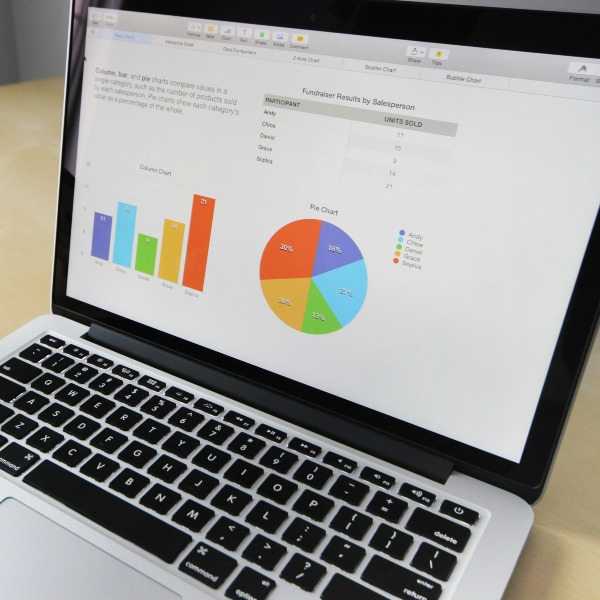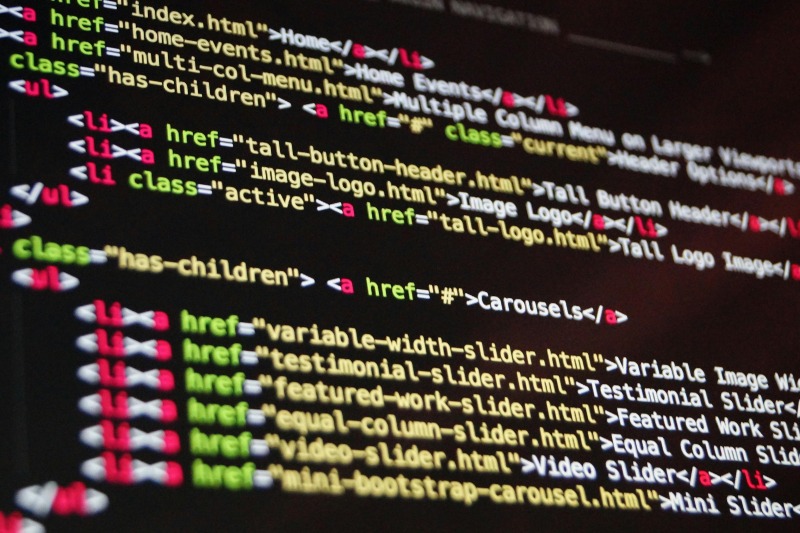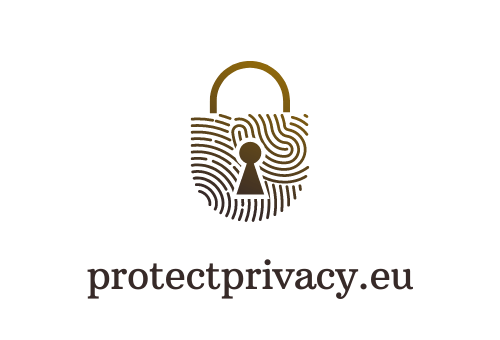The Privacy Implications of Synthetic Data: When Fake Data Still Poses Real Risks

Synthetic data has become a buzzword among developers, data scientists, and privacy advocates. Touted as a solution to data scarcity, bias, and—most notably—privacy concerns, synthetic data mimics real-world datasets without directly exposing sensitive personal information. By generating data that looks real but isn’t, organizations can train machine learning models, test software, or conduct analytics without the legal and ethical baggage of using actual user data.
But here’s the catch: just because the data is fake doesn’t mean the risks are. In fact, under certain conditions, synthetic data can still leak personal information, perpetuate biases, or open up new attack surfaces. This article dives into the often-overlooked privacy implications of synthetic data and why cybersecurity professionals must remain vigilant, even when the data isn’t “real.”
What Is Synthetic Data?
Synthetic data refers to artificially generated information that replicates the statistical properties and structure of real datasets. It can be produced using various methods, including:
- Rule-based systems: Generating values using predefined logic.
- Statistical simulations: Creating data points that follow specific distributions.
- Machine learning models: Particularly generative models like GANs (Generative Adversarial Networks), which produce high-fidelity synthetic data that closely mirrors real-world complexity.
These techniques allow synthetic data to maintain utility for training, testing, and analysis—without (theoretically) containing real user records.

The Privacy Pitch—And Its Pitfalls
The core selling point of synthetic data is privacy. By removing direct identifiers like names, emails, and social security numbers, and avoiding exact matches to original datasets, synthetic data supposedly offers a privacy-safe alternative. However, this promise is not absolute. Here’s why:
1. Data Leakage Through Overfitting
Some generative models can inadvertently reproduce actual entries from the training data—especially if the dataset is small or the model is overfitted. This is known as memorization. In such cases, synthetic data can contain sensitive records identical or nearly identical to real users’, breaching the very privacy it aims to protect.

2. Re-identification Risks
Even when synthetic data doesn’t contain direct identifiers, it may still preserve enough structure and correlation to allow re-identification. Attackers with access to auxiliary information (like public records or breached datasets) can triangulate identities by matching patterns in the synthetic data.
3. Inference Attacks
Adversaries can use machine learning techniques to infer whether specific individuals were part of the original training set. This “membership inference” can violate privacy even when the data output is synthetic. In sensitive contexts—such as healthcare or financial data—this poses serious ethical and legal concerns.
When Fake Feels Real: Synthetic Data in Sensitive Domains
Consider a hospital using synthetic patient data for medical research. The data may not contain actual patients’ names or diagnoses, but if the synthetic output closely mirrors patterns in the real dataset—rare conditions, age combinations, geographical clusters—it can still pose disclosure risks.
Similarly, in financial services, synthetic transaction data might inadvertently reflect actual consumer behavior trends. When attackers know the rules behind the synthesis, they may reverse-engineer portions of the real dataset.
Compliance Confusion: GDPR, HIPAA, and Beyond
One major gray area is regulatory compliance. Does synthetic data fall under the scope of privacy laws like the GDPR or HIPAA? The answer isn’t straightforward.
- GDPR (General Data Protection Regulation): Synthetic data may not be subject to GDPR—if it’s truly anonymized. But “truly anonymized” means no possibility of re-identification, directly or indirectly—a standard that’s tough to guarantee.
- HIPAA (Health Insurance Portability and Accountability Act): Under HIPAA’s de-identification standards, synthetic data might be exempt, but only if it’s demonstrated to be statistically safe or expert-determined as not individually identifiable.
The bottom line? Organizations should not assume that synthetic data is automatically compliant. Due diligence, legal review, and robust data governance practices remain essential.
Best Practices: How to Use Synthetic Data Safely
While synthetic data carries privacy risks, these can be managed with a thoughtful approach. Here are best practices to mitigate threats:
- Use Differential Privacy: Incorporate formal privacy guarantees like differential privacy when generating synthetic data. This limits how much any single individual can influence the output.
- Monitor for Memorization: Analyze synthetic datasets for records that may be too close to real ones, using tools to detect overfitting or leaks.
- Limit Granularity: Avoid generating high-dimensional or overly specific synthetic data, which increases the risk of re-identification.
- Combine with Traditional Privacy Measures: Use synthetic data alongside encryption, access controls, and anonymization—not in place of them.
- Perform Privacy Audits: Regularly audit synthetic datasets for privacy leakage, especially before releasing them externally or using them in production environments.
The Bottom Line: Privacy Isn’t Binary
Synthetic data is a powerful tool in the modern data arsenal. It enables innovation without many of the regulatory and ethical roadblocks of real user data. But like any tool, its safety depends on how it’s used.
Cybersecurity professionals must treat synthetic data with the same skepticism and scrutiny as real data. “Fake” doesn’t always mean “safe.” And when privacy is on the line, assumptions are vulnerabilities.
By staying informed and implementing strong safeguards, organizations can harness the benefits of synthetic data—without compromising the trust and safety of the people they aim to protect.
Author’s Note:
As synthetic data becomes more prevalent across industries—from fintech to healthcare to e-commerce—its privacy implications will only grow in importance. This isn’t a fringe concern—it’s the next frontier of data security.







